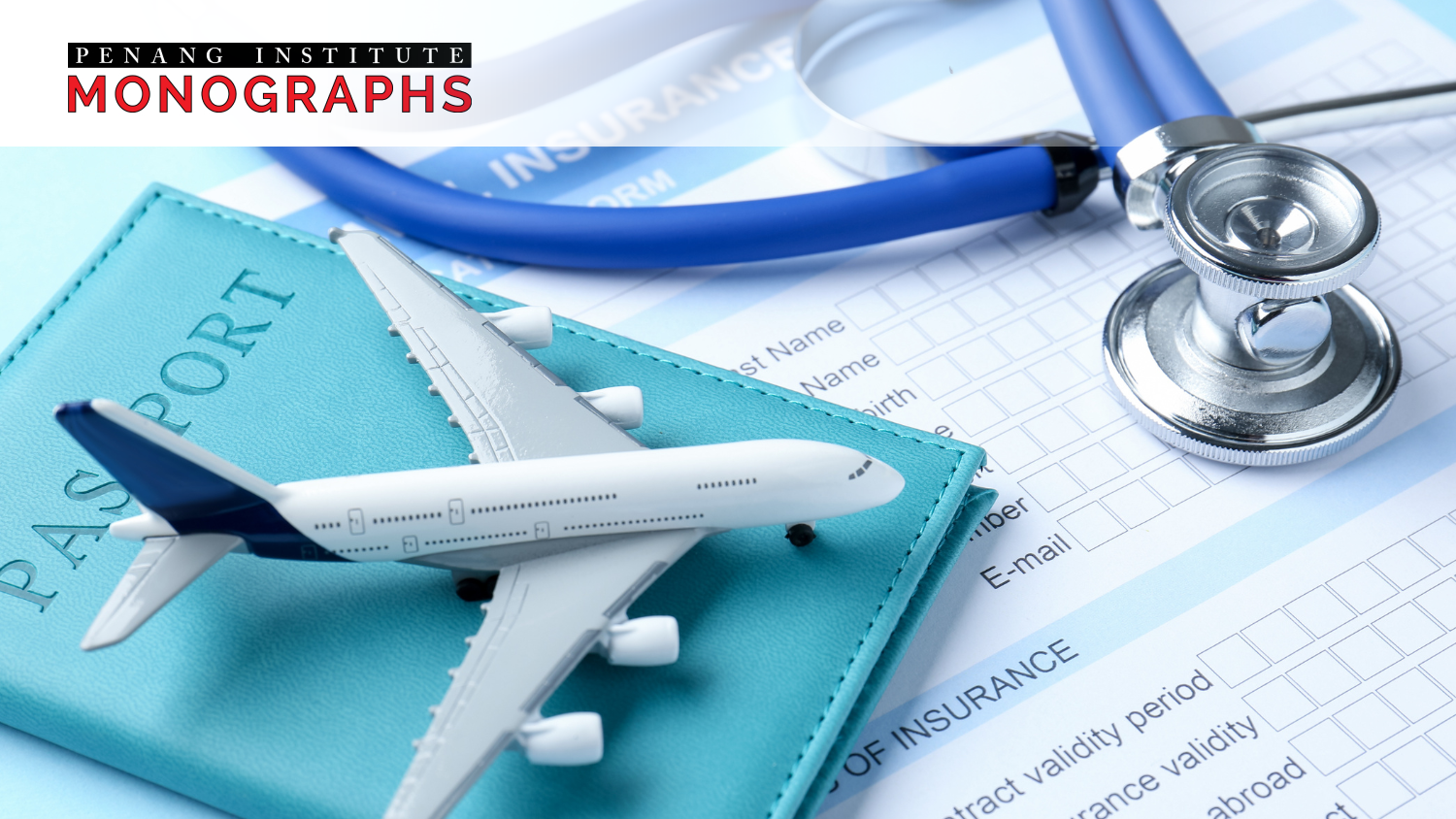By Dr Beh May Ting (Programme Coordinator & Senior Analyst,
History & Regional Studies Programme) | Posted on
EXECUTIVE SUMMARY
- Malaysia has established itself as a leading medical tourism hub in Southeast Asia, attracting about 1.6 million foreign patients in 2024. Even during 2020 and 2021, when international travel was severely affected by the Covid19 pandemic, the country continued to receive more than half a million medical tourists each year.
- The introduction and subsequent adjustment of the Sales and Service Tax (SST) to 6% beginning 1 July 2025 on medical services for foreign patients is intended to broaden the tax base and enhance government revenue. .
- This policy shift has raised concerns regarding its potential impact on the competitiveness of Malaysia’s healthcare sector, the country’s regional positioning relative to Thailand and Singapore, and possible spillover effects on the Penang economy, given the state’s substantial share of the national medical tourism market.
- This policy paper analyses the rationale behind the increase in the Sales and Service Tax (SST) on medical tourists, and examines its potential impact on Penang’s medical tourism industry. It considers the perspectives of key stakeholders, compares Malaysia’s approach with that of regional competitors, and evaluates the risks and opportunities arising from this policy shift.
- Finally, it offers recommendations to mitigate potential adverse effects while ensuring that the measure contributes to long-term fiscal sustainability.
You might also like:
![Covid-19: Extra Support Needed for Refugees in Malaysia and the Region]()
Covid-19: Extra Support Needed for Refugees in Malaysia and the Region
![Exploring a Transit-Oriented Development (TOD) Framework for Penang’s Urban Growth]()
Exploring a Transit-Oriented Development (TOD) Framework for Penang’s Urban Growth
![Scaling up Opportunities in the Nanotechnology Sphere in Penang]()
Scaling up Opportunities in the Nanotechnology Sphere in Penang
![Plotting a Functional Typology for Government Agencies]()
Plotting a Functional Typology for Government Agencies
![Hawkers in the Covid-19 Pandemic: A Case Study in Penang]()
Hawkers in the Covid-19 Pandemic: A Case Study in Penang








